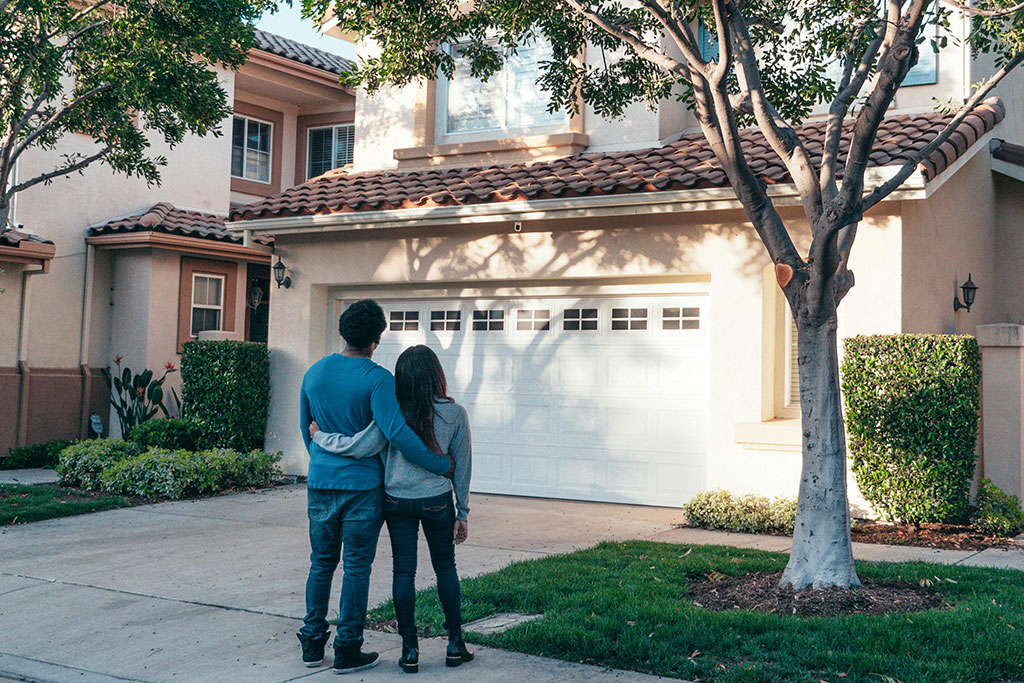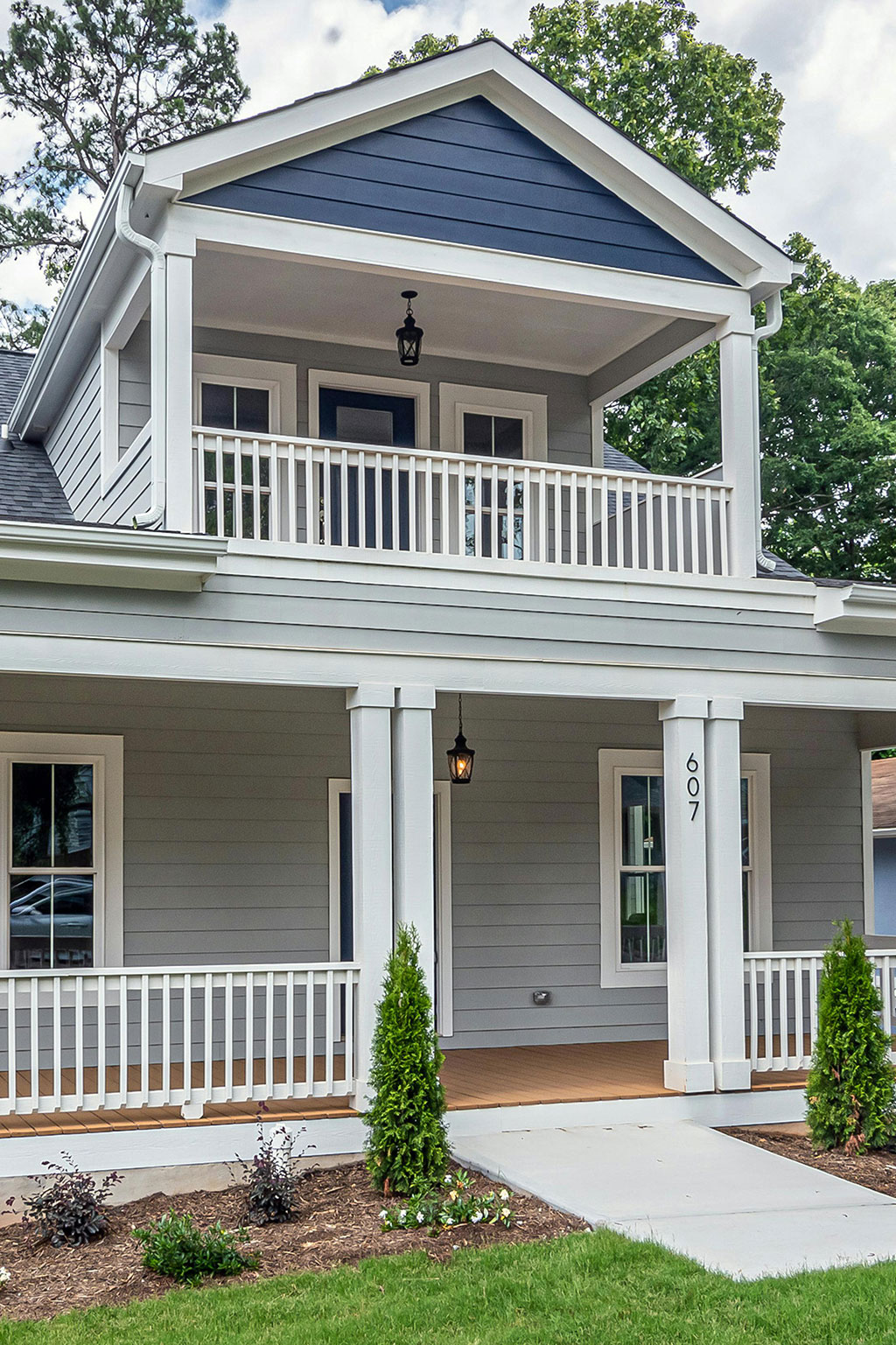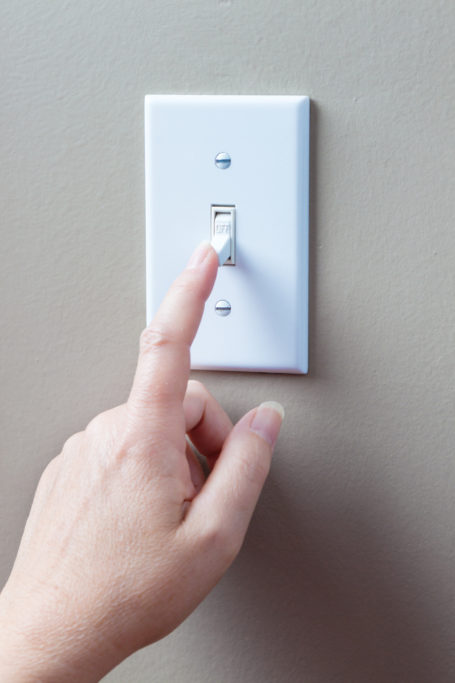What Is PMI When Buying a Home?
Taking the leap into homeownership can sometimes feel like navigating a maze of unfamiliar terms, and one that pops up frequently is “private mortgage insurance,” often referred to as PMI.
If you’re planning on apply for a conventional loan with less than a 20 percent down payment, you’ll likely encounter it. But don’t let it intimidate you! This guide will demystify PMI, explaining the basics, how it affects your monthly payments, and, most importantly, how to eventually get rid of it.

Why lenders lean on PMI
Imagine lending a significant sum of money to someone. You’d want some assurance, right? That’s precisely how lenders feel. When you put less than 20 percent down, they perceive a higher risk of loan default, which requiring PMI can mitigate. Essentially, it’s a safety net for the lender, not for you.
However, that doesn’t mean it has to be a roadblock on your homebuying journey. Rather, think of it as a bridge, allowing you to cross the gap between your savings and the full down payment. In this way, PMI unlocks the potential for homeownership sooner so you don’t have to wait to build up your funds—an especially valuable aspect for first-time homebuyers looking to get their foot in the door.
Deciphering the cost
“How much will this cost me?” may be an immediate question that comes to mind, and it is certainly a valid one. The cost of PMI isn’t a one-size-fits-all number, though. It depends on several factors, including:
- Your credit score: A strong credit history signals financial responsibility, which translates to a lower PMI rate.
- Loan-to-value ratio (LTV): This is the percentage of your loan compared to the home’s value. A higher LTV (meaning a lower down payment) generally results in higher PMI.
- The type of loan: Because the interest rates for adjustable-rate mortgages can fluctuate, they’re often considered riskier than fixed-rate loans, leading PMI to be higher with them.
The market and your individual lender will also play a role in the final cost. Estimates vary depending on the source, but most indicate you can expect PMI to range from roughly 0.3% to 1.5 percent of your original loan amount annually.

Paying for PMI
There are four main approaches to paying PMI:
- Borrower-paid: This is the most prevalent method. You pay PMI as part of your regular monthly mortgage payment, making it predictable and transparent.
- Single-premium: To keep your monthly costs low, you could instead make one up-front payment at closing. Note, though, that if you move or refinance, you might not be able to get a refund.
- Split-premium: A combination of the previous two, this option involves paying a partial lump-sum at closing and covering the rest of your PMI through monthly payments.
- Lender-paid: In this scenario, the lender covers the PMI up front, but you’ll typically face a higher interest rate on your loan in return; you also likely won’t be able to cancel it since it is built into the loan.
Pathways to eliminating it
The good news? PMI isn’t necessarily a full-term commitment. Consider these ways to bid it farewell:
- Reaching 20 percent equity: As you pay down your mortgage or your home’s value increases, you’ll build equity. Once you reach 20 percent, you can request to have PMI removed. Making extra principal payments can help you reach this threshold faster. Every little bit helps!
- Automatic termination: Lenders are legally obligated to automatically terminate PMI when your LTV reaches 78 percent of the original loan balance or you reach a month after the loan’s halfway point, provided you’re current on your payments.
- Refinancing: If your home’s value has surged or your credit score has improved significantly, refinancing your mortgage could allow you to eliminate PMI altogether.
Remember, PMI isn’t a penalty—it’s a tool that makes homeownership accessible to many. Work with a trusted real estate agent to help you navigate its complexities, enabling you to take control of your financial future and confidently embark on your homebuying adventure.


















